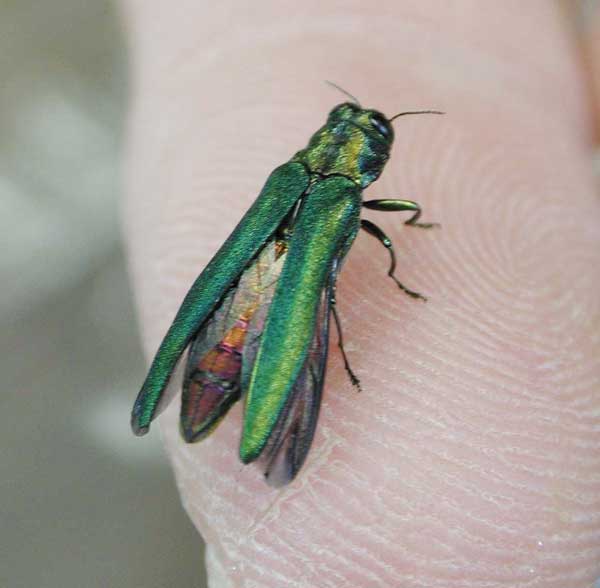Local Trees and the November Freeze
02 Feb 2015
Have you noticed many evergreens turning brown?
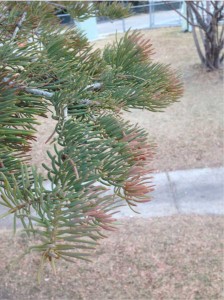
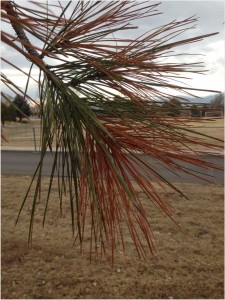
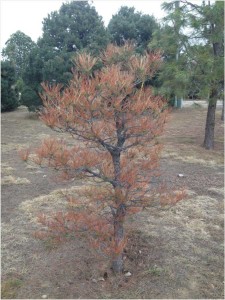
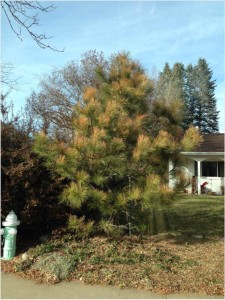
Co-written by Adam Witte and Josh Morin Adam Witte is a Research Plant Health Care Specialist at Taddiken Tree Company. He is a certified arborist and has a background in entomology. Josh Morin is a Board Certified Master Arborist and owner/general manager of Taddiken Tree Company.


